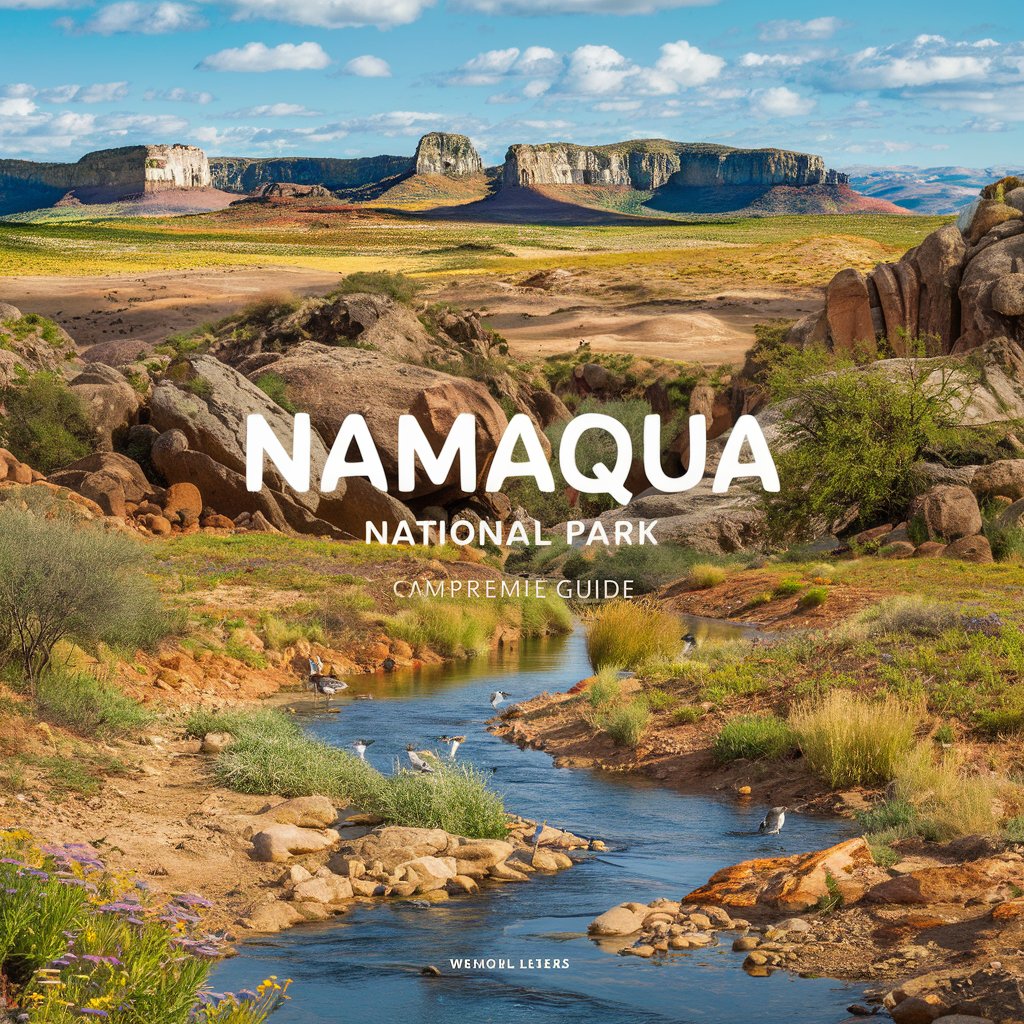
Namaqua National Park: A Comprehensive Guide
Nestled in the heart of South Africa’s Northern Cape Province, Namaqua National Park stands as a testament to the region’s breathtaking natural beauty and ecological diversity. Spanning over 700 square kilometers, this park is a haven for nature enthusiasts, photographers, and adventurers alike. From its vibrant floral displays to its rugged landscapes and rich cultural heritage, Namaqua National Park offers an unforgettable South Africa safari experience for visitors from around the world.
History and Geography:
The history of Namaqua National Park is deeply intertwined with the ancient cultures that once roamed its vast plains. The San people, also known as Bushmen, were among the earliest inhabitants of this region, leaving behind a legacy of rock art and cultural traditions that still resonate today.
Geographically, the park is characterized by its unique blend of coastal plains, rugged mountains, and expansive desert landscapes. Its proximity to the Atlantic Ocean influences its climate, resulting in mild temperatures and occasional fog that blankets the coastline.
Flora and Fauna:
Namaqua National Park is perhaps best known for its spectacular floral displays, especially during the spring months when the landscape erupts in a riot of color. The park is home to a diverse array of plant species, including the iconic Namaqua daisies, vygies, and succulents that blanket the desert floor in a kaleidoscope of hues.
In addition to its floral splendor, the park supports a surprising variety of wildlife. Visitors may encounter antelope species such as springbok, gemsbok, and klipspringer roaming the plains, while birdwatchers can spot a myriad of avian species, including the elusive black eagle and the colorful orange-breasted sunbird.
Activities and Attractions:
Namaqua National Park offers a wealth of activities and attractions to suit every interest and inclination. Hiking enthusiasts can explore a network of scenic trails that wind through the park’s rugged terrain, offering breathtaking vistas and opportunities to encounter its diverse flora and fauna up close.
For those seeking a more leisurely experience, the park’s coastline provides endless opportunities for relaxation and exploration. Visitors can stroll along pristine beaches, go whale watching during the migratory season, or simply soak in the tranquility of the coastal landscape making one of the top safari destination in South Africa.
Photographers will find no shortage of subjects to capture, from the stark beauty of the desert landscape to the vibrant hues of the park’s floral displays. The ever-changing light and colors make Namaqua National Park a photographer’s paradise, offering endless opportunities for creative expression.
Cultural enthusiasts can immerse themselves in the rich heritage of the region by visiting ancient rock art sites, exploring traditional Nama villages, or participating in cultural events and festivals that celebrate the area’s diverse cultural traditions.
Conservation and Sustainability:
As stewards of this pristine wilderness, the management of Namaqua National Park is committed to conservation and sustainability. Efforts are underway to protect and preserve the park’s fragile ecosystems, including measures to mitigate the impact of climate change, manage invasive species, and promote responsible tourism practices.
Visitors are encouraged to respect the natural environment and adhere to park regulations to minimize their ecological footprint. By practicing Leave No Trace principles and supporting sustainable tourism initiatives, visitors can help ensure that future generations will have the opportunity to experience the wonder and beauty of Namaqua National Park.
Practical Information:
– Getting There: Namaqua National Park is accessible by road from major cities such as Cape Town and Johannesburg. Visitors can also fly into nearby airports and arrange for transportation to the park.
– Accommodation: The park offers a variety of accommodation options to suit every budget and preference, including campsites, self-catering cottages, and luxury lodges. Advance reservations are recommended, especially during peak season.
– Weather: The climate in Namaqua National Park is characterized by hot, dry summers and cool, wet winters. Spring (August to October) is the best time to visit, as this is when the landscape is transformed by the annual wildflower bloom.
– Safety: While Namaqua National Park is a relatively safe destination, visitors should take precautions against the harsh desert environment, including staying hydrated, protecting against sunburn, and avoiding encounters with dangerous wildlife.
Conclusion:
Namaqua National Park is a true gem of South Africa’s natural heritage, offering visitors an opportunity to immerse themselves in the beauty and diversity of the region’s landscapes, flora, and fauna. Whether exploring its rugged mountains, meandering along its pristine coastline, or marveling at its vibrant floral displays, visitors to Namaqua National Park are sure to leave with memories that will last a lifetime. As a sanctuary for both nature and culture, this park stands as a testament to the enduring value of wilderness conservation and the importance of preserving our planet’s natural treasures for generations to come.


